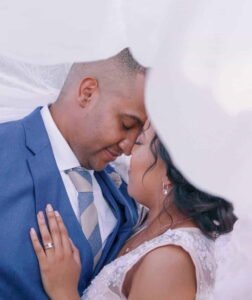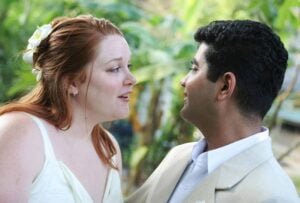LET’s Go INTO 2025 with ALL THE BELLS AND WHISTLES. PREMIUM PROFILE NOW ONLY $49 FOR 2025!
State of New York
New York is a state in the Northeastern United States. It is sometimes called New York State to distinguish it from its largest city, New York City. With a total area of 54,556 square miles (141,300 km2),[2] New York is the 27th largest state geographically. With 19.8 million residents, it is the fourth most populous state in the United States as of 2021, with approximately 44% living in New York City and 40% on Long Island. The state is bordered by New Jersey and Pennsylvania to the south, and Connecticut, Massachusetts, and Vermont to the east; it has a maritime border with Rhode Island, east of Long Island, as well as an international border with the Canadian provinces of Quebec to the north and Ontario to the northwest.
New York City (NYC) is the most populous city in the United States, and two-thirds of the state’s population lives in the New York metropolitan area. NYC is home to the United Nations Headquarters,and has been described as the cultural, financial, and media capital of the world, as well as the world’s most economically powerful city. The next five most populous cities in the state are Buffalo, Yonkers, Rochester, Syracuse, and the state capital of Albany.
New York has a diverse geography. The southern part of the state is in the Atlantic coastal plain and includes Long Island and several smaller associated islands, as well as New York City and the lower Hudson River Valley. The larger Upstate New York region comprises several ranges of the wider Appalachian Mountains, and the Adirondack Mountains in the northeastern lobe of the state. The north–south Hudson River Valley and the east–west Mohawk River Valley bisect these more mountainous regions. Western New York is part of the Great Lakes region and borders on the Great Lakes of Lake Ontario and Lake Erie, as well as Niagara Falls. The central part of the state is dominated by the Finger Lakes, a popular vacation and tourist destination.
New York was one of the original thirteen colonies forming the United States. The area of present-day New York had been inhabited by tribes of the Algonquians and the Iroquois confederacy Native Americans for several hundred years by the time the earliest Europeans arrived. French colonists and Jesuit missionaries arrived southward from Montreal for trade and proselytizing. In 1609, the region was visited by Henry Hudson sailing for the Dutch East India Company. The Dutch built Fort Nassau in 1614 at the confluence of the Hudson and Mohawk rivers, where the present-day capital of Albany later developed. The Dutch soon also settled New Amsterdam and parts of the Hudson Valley, establishing the multiethnic colony of New Netherland, a center of trade and immigration. England seized the colony from the Dutch in 1664, with the Dutch recapturing their colony in 1673 before definitively ceding it to the English as a part of the Treaty of Westminster the following year. During the American Revolutionary War (1775–1783), a group of colonists of the Province of New York attempted to take control of the British colony and eventually succeeded in establishing independence. In the early 19th century, New York’s development of its interior, beginning with the Erie Canal, gave it incomparable advantages over other regions of the east coast and built its political and cultural ascendancy.
Many landmarks in New York are well known, including four of the world’s ten most-visited tourist attractions in 2013: Times Square, Central Park, Niagara Falls, and Grand Central Terminal. New York is also home to the Statue of Liberty. In the 21st century, New York has emerged as a global node of creativity and entrepreneurship, social tolerance, and environmental sustainability. New York has approximately 200 colleges and universities, including the State University of New York. Several universities in New York have been ranked among the top 100 in the nation and world
New York State Flower: Rose
Weddings in New York
-
- Tests: No blood test or physical exam is required.
- Residency: Residents and nonresidents are eligible to apply for a marriage license.
- Age: Both parties must be 18 years of age or older to marry without parental consent. If either applicant is 17 years of age, such applicant(s) must present the written consent of both parents and a justice of the Supreme Court or a judge of the Family Court having jurisdiction over the town or city in which the application is made.
- Location: A New York marriage license is valid only for marriages performed in New York.
- Waiting Period: Yes. Although the marriage license is issued immediately, the marriage ceremony may not take place within 24 hours from the exact time that the license was issued. The 24-hour waiting period may be waived by a judge or justice of the Supreme Court of New York State or the county judge of the county in which either party to be married resides, or if such party is at least seventeen years of age, the judge of the Family Court of such county.
- Marriage by Proxy: Proxy marriages (where someone stands in for the other party) are not permitted in New York.
- Divorced Applicants: All divorces must be final prior to applying for a marriage license in New York.
Featured Wedding Officiants in New York
New York's Top Rated Wedding Officiants
Weddings by Ashlie 
$200 - $400
Sanctum Weddings & Elopements
$200 - $400
Emily-Kate Stewart wedding official
$200 - $400






